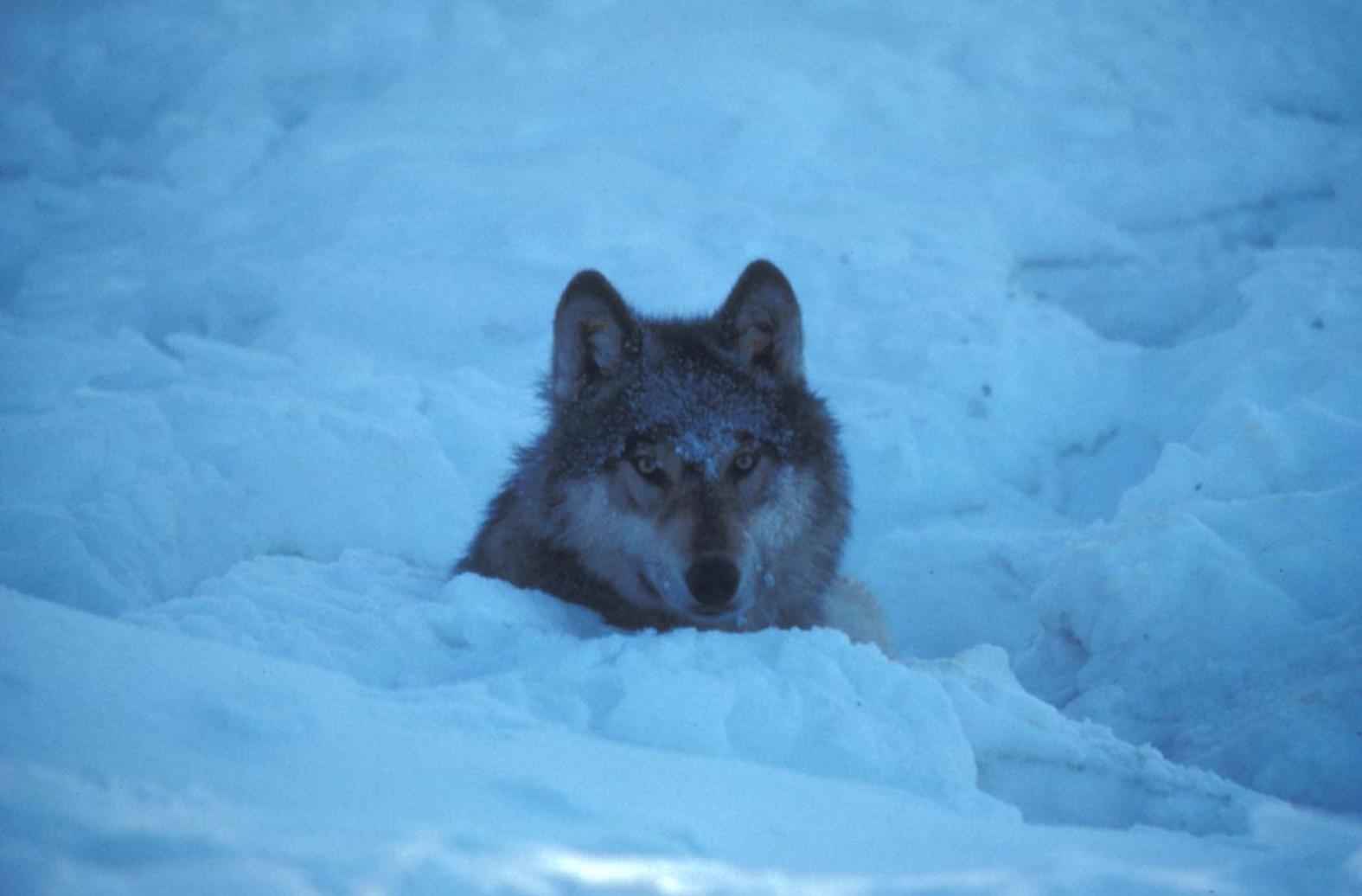 |
"Madonna of the Cat" 1523 by Guilio Romano
(cat beside Mary's foot) |
Ever look closely at the markings on a tabby cat's forehead? In nearly every case, you will find a capital letter "M" prominently displayed above their lovely feline eyes. Legend has it, this distinctive marking stands for "Madonna" or "Mary," as in Mary, the Madonna, the mother of Jesus. Here's the story, just in time for Christmas. I guarantee you'll never look at a tabby cat, again, without seeing the "M" and remembering the tale.
 |
| "Madonna with the Cat" 15th century, Leonardo Da Vinci |
On the night Jesus was born in a Bethlehem stable, Mary-- like most new mothers-- found herself with a fretful baby unable to settle him down to sleep. Among the animals sharing the space was a little tabby cat that, seeing Mary's distress, lept into the manger and snuggled up beside the baby. Purring softly, the cat lulled Jesus to sleep thus earning Mary's maternal and eternal gratitude. To thank the kitty and memorialize such kindness, she placed her mark, an "M," on the cat's forehead. To this day, every tabby cat bears the Madonna's initial.
 |
| "Hide and Seek" photo by K L Wood |
There is another legend that a mother cat, nestled below the manger in which Jesus was placed, gave birth to a litter of kittens just as Mary, herself, gave birth.
Cats and Christmas. Who knew?
Have a good couple weeks, dear Reader. Thanks for stopping by...y'all come back now! And a very Merry Christmas to all!Kate
 |
| Photo of Tabby Legend ornament created by K L Wood |












































